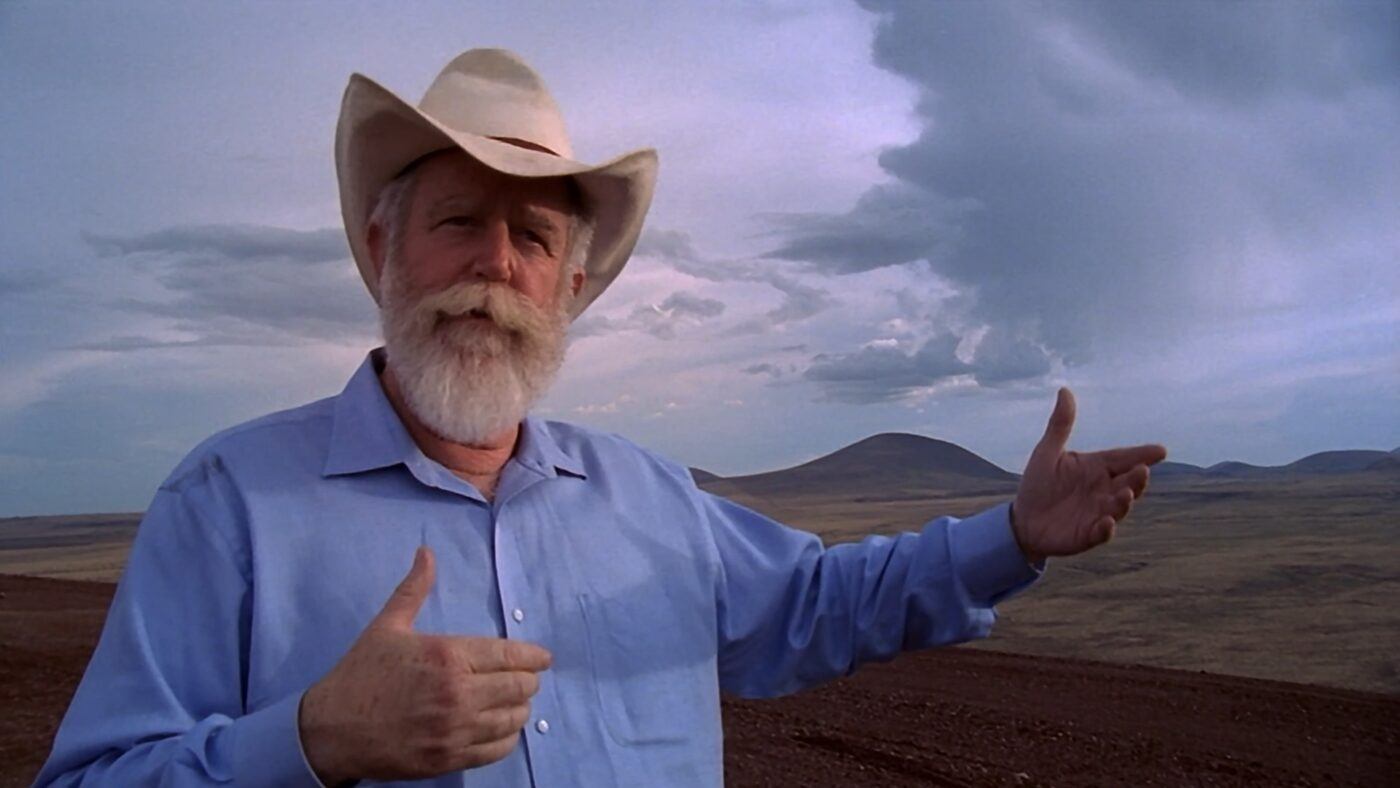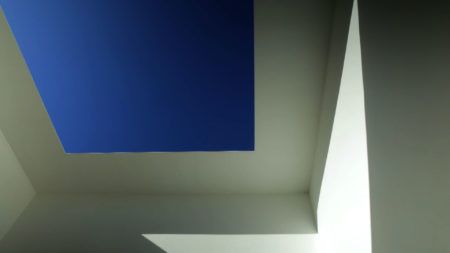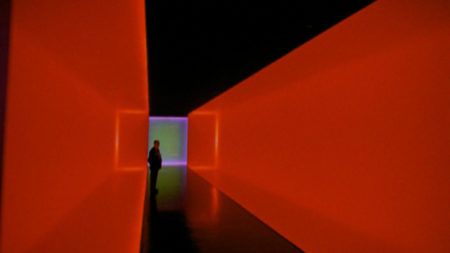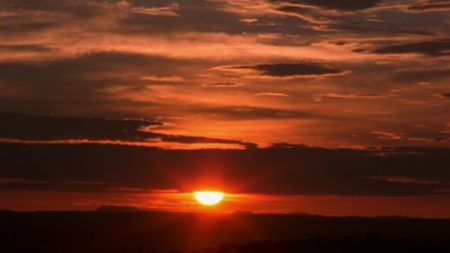James Turrell
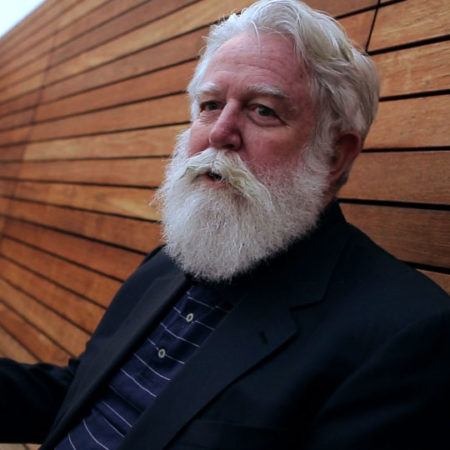
James Turrell was born in 1943 in Los Angeles and currently lives in Flagstaff, Arizona. He received a BA in psychology from Pomona College in 1965 and an MA in art from Claremont Graduate School in 1973. Influenced by his Quaker upbringing, and interested in the relationship between light and space, the artist creates installations and architectural structures that use natural light and artificial color to manipulate the experience of seeing. In doing so, Turrell’s art evokes feelings of transcendence and the sublime, encouraging viewers to practice contemplation, patience, and meditation.
Throughout his practice, Turrell plays with light and darkness, artificial color and natural light, and the indoors and outdoors to enhance and transform viewers’ experiences of both natural phenomena and built environments. In 1974, Turrell constructed Skyspace I, his first in a series of different artworks that invite the natural sky inside. The work consists of a square room with an aperture in the ceiling to let the light in. In C.A.V.U (2021), another Skyspace, the artist repurposes a concrete water tank with an open dome to allow light to flood in. In the middle of the day, the dome is sealed, and the space is transformed into a multisensory environment where light and sound are altered by the cylindrical environment. “We don’t really pay much attention to the light itself,” the artist remarks.“And so turning that, and actually letting light speak for itself,you figure out these different relationships and rules.” Works such as Dark Matters (2011) and Weight of Darkness (2018) are some of the artist’s “Dark Spaces,” rooms of complete darkness. The longer the viewer spends in the room, the easier it is to begin to see, however, total visibility never occurs. In each of Turrell’s works, the addition or subtraction of light invites room for patience and meditation, altering the way viewers engage with and perceive their surroundings.
Alongside his installations, Turrell also works with the natural environment as the medium through which he manipulates light. Situated near the Grand Canyon and Arizona’s Painted Desert is Roden Crater, an extinct volcano that the artist has been transforming into a celestial observatory since 1979. Upon completion, Roden Crater will form a naked-eye observatory for celestial objects, with different portals, tunnels, and chambers serving different celestial events. In describing his vision, Turrell says, “It’s not just the fact that you are bringing the cosmos down into the space where you live, but that your perception helps create that as well. So that you really are this co-creator of what you’re seeing.” By creating a body of work focused on perceptual experiences, Turrell offers a space for introspection, contemplation, and transcendence.

